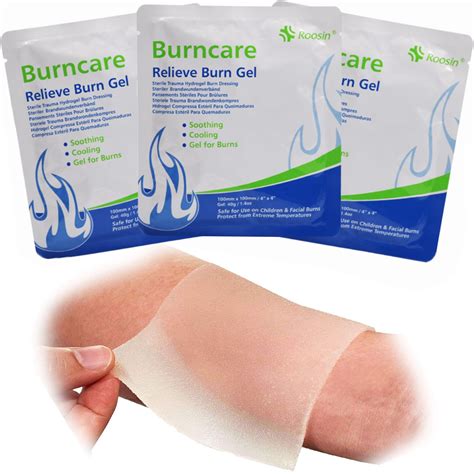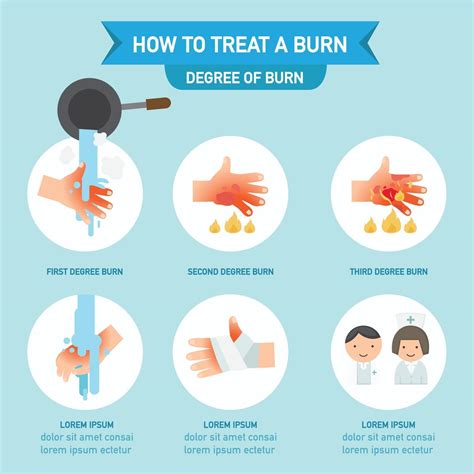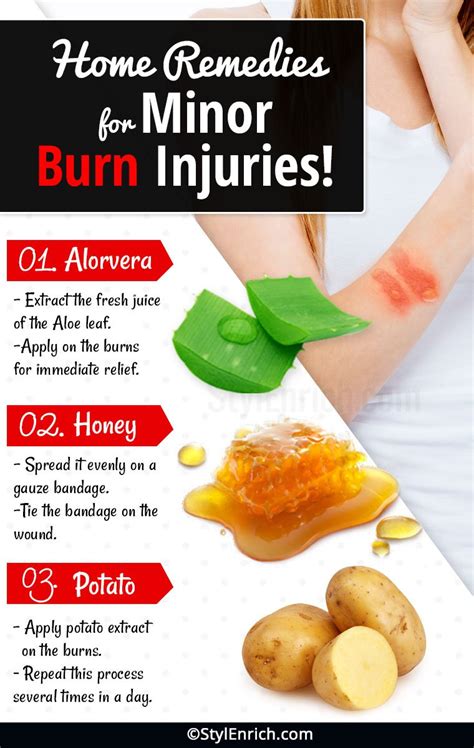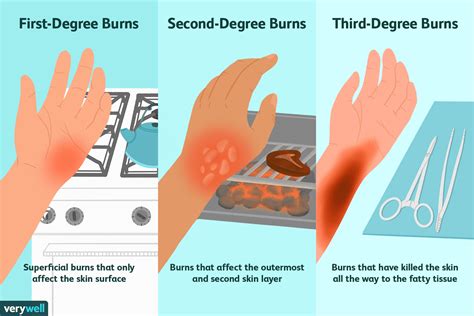Intro
Learn effective burn relief for household accidents, including minor scalds and burns, with natural remedies and first aid treatments to soothe pain and promote healing from common kitchen and home injuries.
Burns are a common type of injury that can occur in the household, often resulting from accidents involving fire, hot surfaces, or scalding liquids. These injuries can be painful and potentially serious, making it essential to have a comprehensive understanding of burn relief and treatment. In this article, we will delve into the world of burn relief, exploring the different types of burns, their causes, and the most effective treatment methods.
Burns can be categorized into three main types: first-degree, second-degree, and third-degree. First-degree burns are the mildest form, affecting only the outer layer of skin and causing redness, swelling, and pain. Second-degree burns, also known as partial-thickness burns, affect both the outer and inner layers of skin, leading to blisters, redness, and swelling. Third-degree burns, or full-thickness burns, are the most severe, extending through all layers of skin and potentially damaging underlying tissues.
Burn Relief Basics

Assessing Burn Severity
Assessing the severity of a burn is critical in determining the best course of treatment. The size and depth of the burn, as well as the location and the patient's overall health, are all factors that must be considered. For minor burns, such as first-degree burns, treatment can often be administered at home. However, for more severe burns, medical attention may be necessary to prevent infection and promote healing.Treatment Methods For Burns

Preventing Infection
Preventing infection is a critical aspect of burn treatment. Infections can occur when bacteria enter the wound, leading to serious complications and potentially life-threatening conditions. To prevent infection, it is essential to keep the wound clean and dry, applying topical antibiotics and covering the area with a sterile dressing. It is also crucial to monitor the wound for signs of infection, such as redness, swelling, and increased pain.Home Remedies For Burn Relief

Natural Remedies For Burn Relief
In addition to home remedies, there are several natural remedies that can provide burn relief. Herbal remedies, such as calendula and chamomile, have anti-inflammatory and soothing properties that can help to reduce pain and promote healing. Essential oils, such as lavender and peppermint, can also be used to provide burn relief, although they should be used with caution and in moderation.Medical Treatment For Severe Burns

Rehabilitation And Recovery
Rehabilitation and recovery are critical aspects of burn treatment. After a burn injury, patients may experience physical and emotional trauma, making it essential to provide comprehensive care and support. Rehabilitation may involve physical therapy to restore mobility and strength, as well as counseling to address emotional and psychological trauma. In some cases, patients may also require ongoing medical treatment to manage scarring and promote healing.Preventing Household Accidents

Safety Tips For The Home
There are several safety tips that can help to prevent household accidents. These include: * Keeping emergency phone numbers, such as the fire department and poison control, readily available * Installing safety devices, such as smoke alarms and carbon monoxide detectors * Keeping flammable materials, such as curtains and bedding, away from heat sources * Supervising children and pets, especially in the kitchen and near heat sources * Keeping a fire extinguisher in the home and knowing how to use itConclusion And Final Thoughts

We invite you to share your thoughts and experiences with burn relief and household safety. Have you or a loved one ever experienced a burn injury? What steps did you take to prevent further injury and promote healing? Share your story with us in the comments below, and let's work together to create a safer and more supportive community.
What are the most common causes of burn injuries in the household?
+The most common causes of burn injuries in the household include scalds from hot liquids, contact burns from hot surfaces, and flame burns from fires or sparks.
How can I prevent burn injuries in the household?
+To prevent burn injuries in the household, it is essential to take precautions such as installing smoke alarms, keeping flammable materials away from heat sources, and supervising children and pets.
What are the different types of burns, and how are they treated?
+There are three main types of burns: first-degree, second-degree, and third-degree. Treatment for burns depends on the severity and type of injury, and may involve topical creams, antibiotics, and surgical procedures.
How can I provide burn relief and promote healing for minor burns?
+For minor burns, burn relief and healing can be promoted through the use of topical creams and gels, cool or lukewarm water, and natural remedies such as aloe vera and honey.
When should I seek medical attention for a burn injury?
+Medical attention should be sought for burn injuries that are severe, large, or deep, as well as for injuries that show signs of infection, such as redness, swelling, and increased pain.
